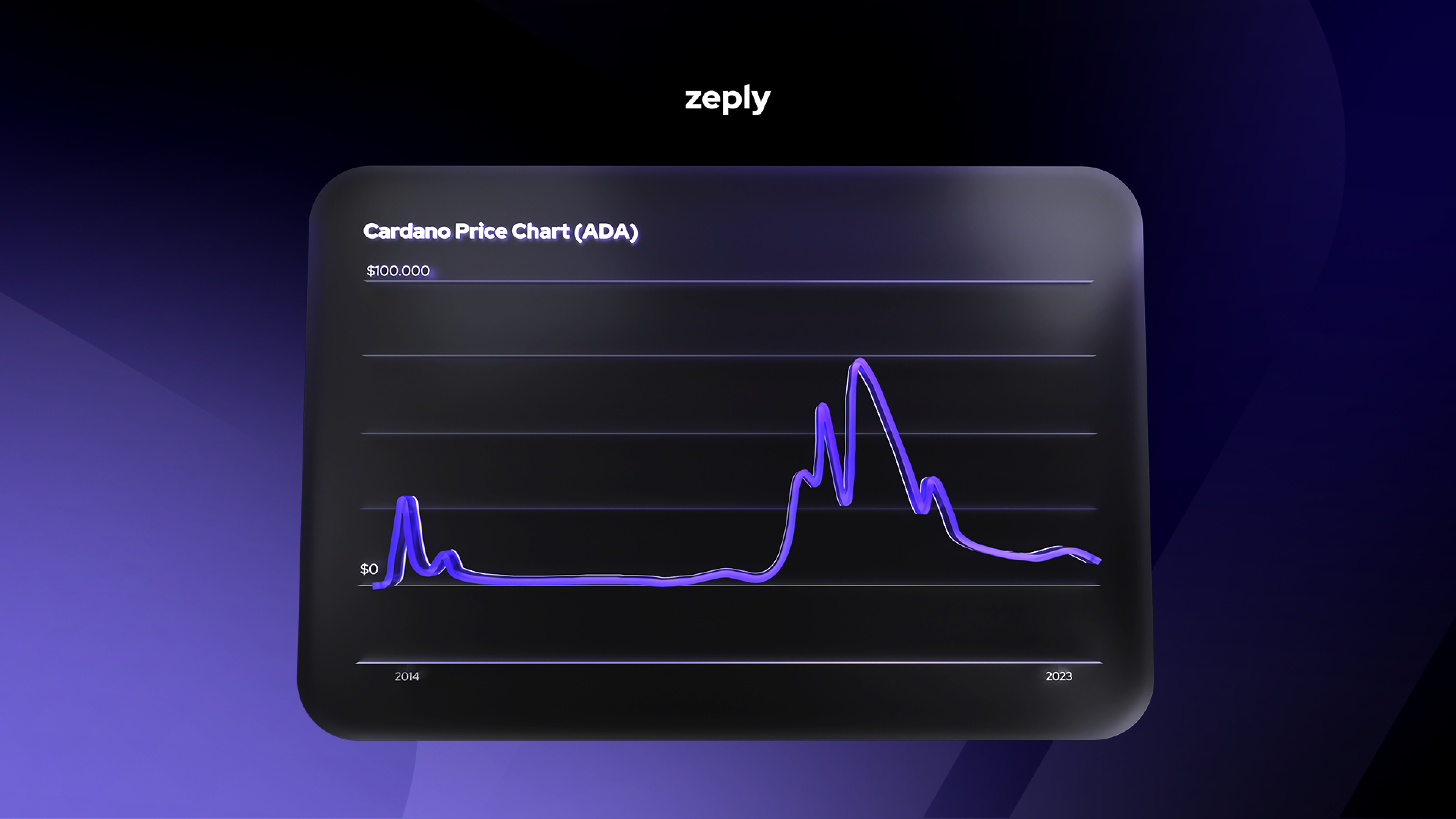Cardano, commonly known as ADA in the crypto world, is a game-changing digital currency platform built on a unique proof-of-stake consensus protocol. Developed by Input Output Hong Kong (IOHK) with a scientific philosophy at its core, Cardano takesaa layered architectural approach for better security, scalability, and sustainability. Notably, Cardano stands out for its commitment to peer-reviewed research and formal verification methods, a testament to its emphasis on rigorous, foundational principles.
Its native token, ADA, serves multiple roles in the Cardano ecosystem, including participation in the operation of the network. This futuristic approach, coupled with robust upgrades like smart contract capabilities, positions Cardano as a key player in the ever-evolving blockchain industry.
Let’s take an in-depth dive into the topic.
The Birth of Cardano
Cardano was founded in 2015 by Ethereum co-founder Charles Hoskinson. The development began in 2015, led by software developmentcompany IOHK. Unlike most other blockchains, Cardano didn’t start with a white paper. Instead, it began with a set of design principles, engineering best practices, and avenues for exploration.
Cardano’s Technology: Built for Security and Sustainability
Cardano’s primary innovation is that it will balance the needs of users with those of regulators, and in doing so, combine privacy with regulation. Its blockchain’s layered architecture is the most prominent example of this balance.
Why Cardano Stands Out
Cardano is distinguished by its two-layer architecture, enabling smart contracts to function more efficiently and sustainably. It aims to provide a more balanced and sustainable ecosystem that better accounts for the needs of its users as well as other systems seeking integration.
Market Performance
Since its launch, Cardano’s ADA token has steadily climbed the ranks of the crypto market. Its strong foundation and ambitious roadmap have made it a competitor in the top-tier of cryptocurrencies in terms of market cap.

Notable Events and Developments
In 2021, Cardano underwent the Alonzo hard fork, enabling the implementation of smart contracts and broadening the scope of what developers can do on the platform. This development puts Cardano in direct competition with Ethereum in hosting decentralized applications (dApps).
Buying, Storing, and Selling Cardano
Cardano can be purchased on many major exchanges, including Zeply. You can store it in a variety of wallets, including hardware and software options. Selling Cardano is a straightforward process on any supporting exchange.
Risks and Rewards
As with any cryptocurrency, investing in Cardano carries potential rewards and risks. Cardano’s strong academic foundation and methodical approach offer some level of security, but the world of crypto remains a volatile and unpredictable landscape.
The Current State of Cardano
Cardano’s roadmap depicts a determined vision. It includes plans for further enhancements to its smart contracts platform and increased scalability. The success of these plans relies on multiple factors, including competition from other blockchains.
The planned rollouts for Cardano (ADA) highlight the currency’s active progression. The team behind Cardano is making significant progress on the project’s roadmap, marking three important updates for the year. Enhancements to their smart contract capabilities and platform scalability, together with the addition of sidechains, are aimed at strengthening Cardano’s overall value proposition. These planned developments showcase Cardano’s commitment to growth and innovation.
Conclusion
Cardano is a notable participant in the cryptocurrency domain, skilfully balancing user needs with regulatory requirements. Its solid foundation and clear vision make it an attractive choice for those interested in smart contracts and decentralised applications.